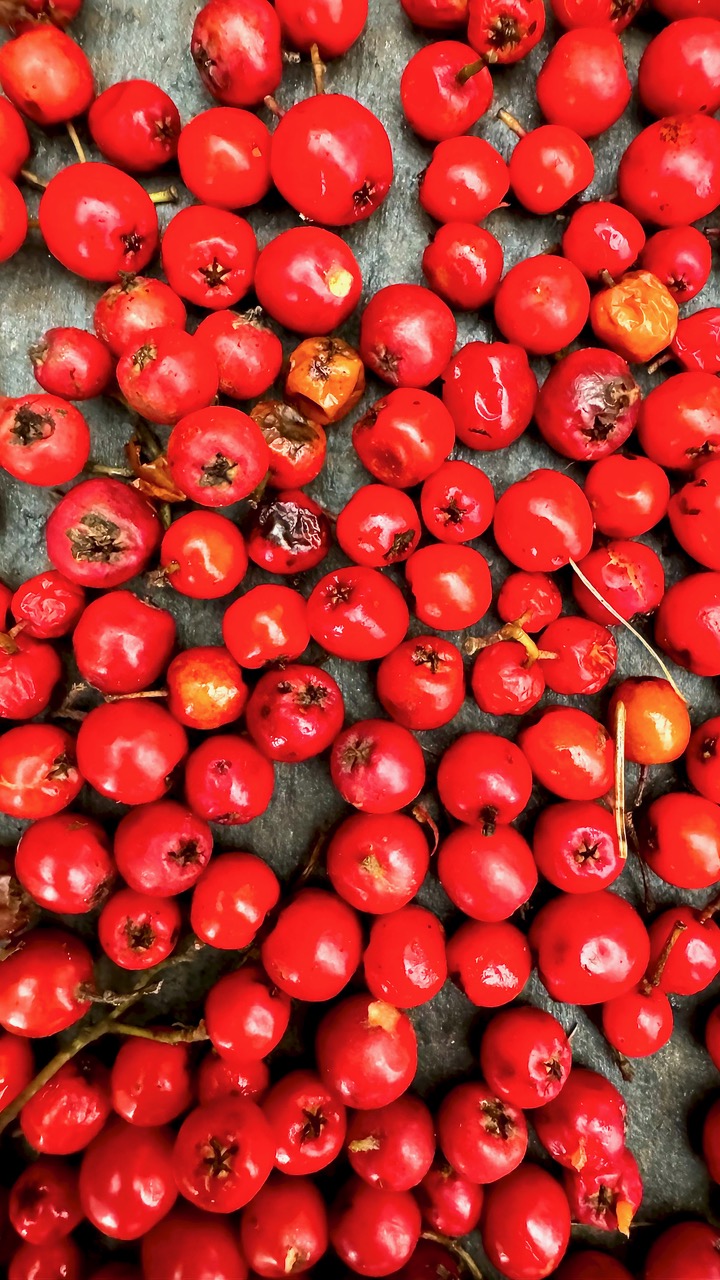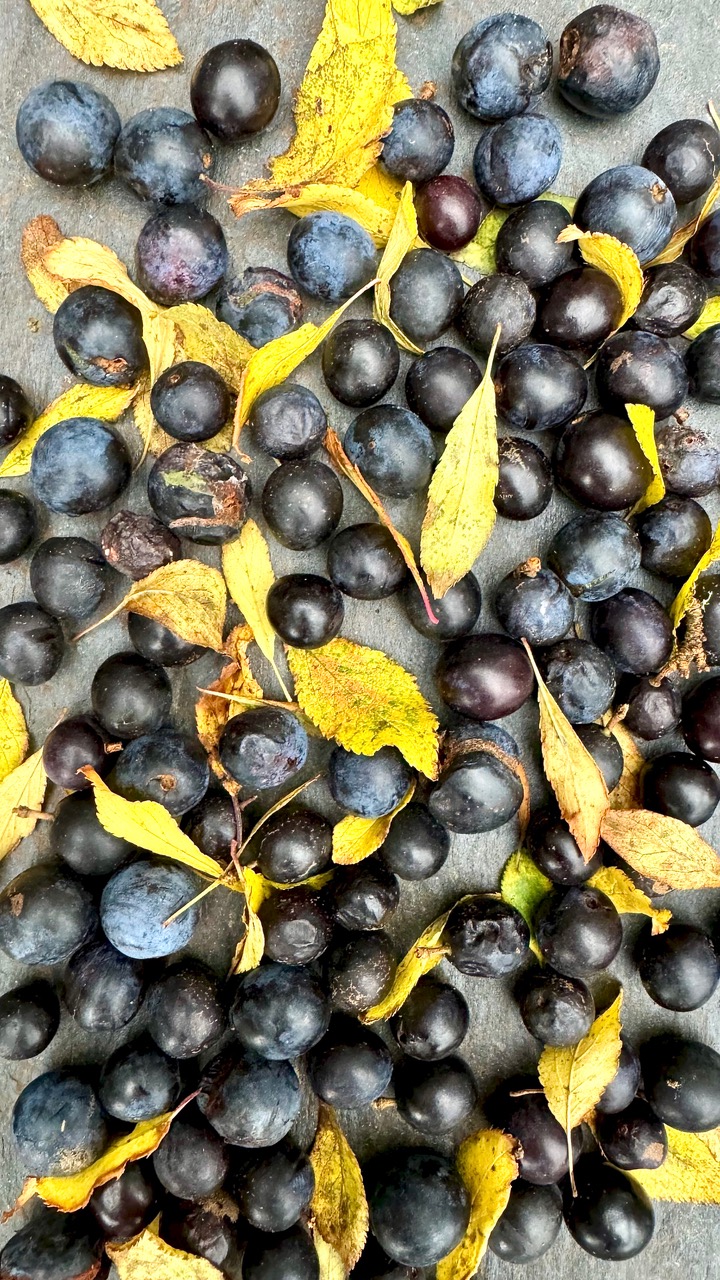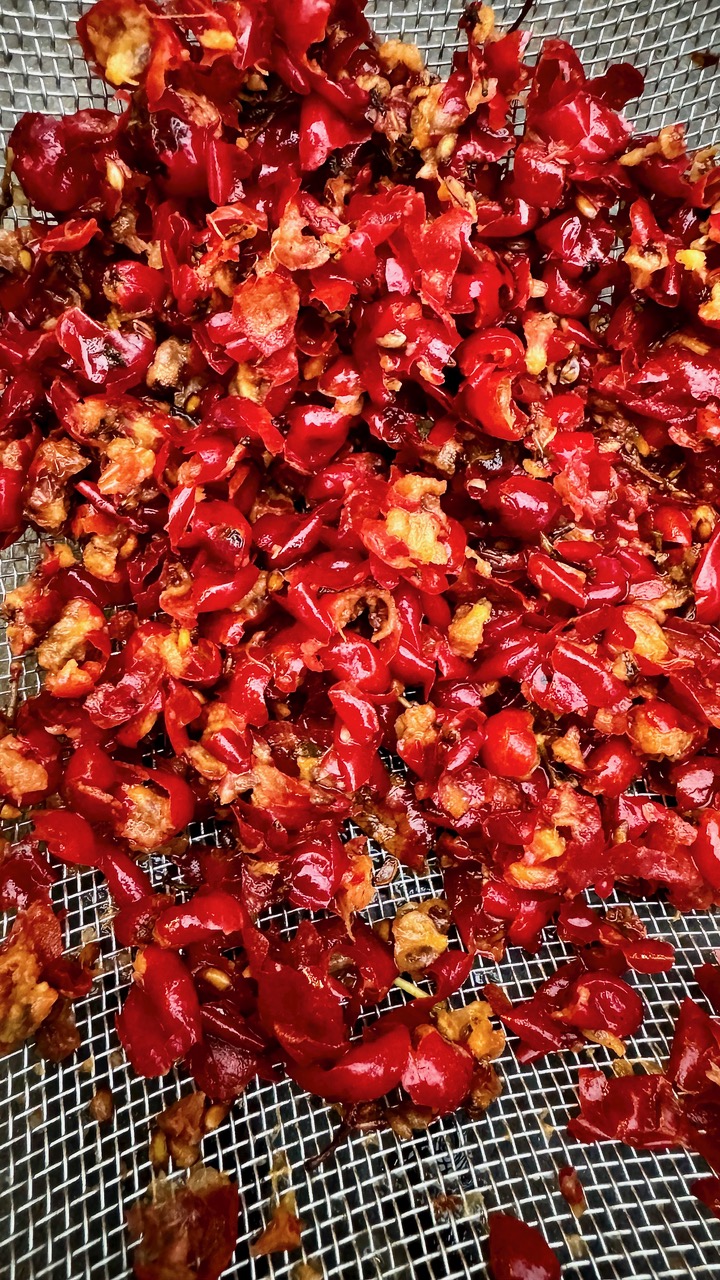Unlike the costly high-tech carbon capture and storage strategies being proposed to mitigate climate change, tree-planting is free, simple, people-powered – and proven.
I’ve beaten the redwings to it. The crowd has skirted along the edge of the wood and descended on my neighbour’s rowans, where they’re now merrily stripping them of their dazzling orange fruits.
I’ve gathered what I need; they’re now stored safe and sound in my greenhouse, alongside ripe haws and sloes, ready for mashing so I can extract their seeds. After sowing them in wire mesh-protected trays to deter mice, they’ll be left outdoors over winter, frosts helping to wake them up. Next spring, when the seedlings push up, I’ll be in the carbon capture and storage (CCS) business.

What I won’t need is a £22 billion injection of public money to get me started; peat-free compost, some reused pots and trays, plus some time and nurturing is all my garden-based start-up needs.
A row has rumbled in recent weeks over our government’s decision to invest £22 billion over the next 25 years in high-tech projects that essentially remove carbon dioxide at the point where fossil fuels are burnt – such as in a power station – and then store it deep underground. Carbon dioxide is the main greenhouse gas that’s heating the earth, pushing our global climate into unpredictable, dangerous territory; extreme weather events are now daily news on those media channels bothering to report them.
The ruckus has broken out because industrial CCS is an essentially unproven technology on which many future predictions precariously hang – and because it allows fossil fuel producers to keep on mining coal, oil and gas, their fingers tightly crossed that one day soon their carbon pollution will be captured and stored (numerous attempts at CCS have floundered). In turn, this puts a dent in the UK’s efforts to generate more renewable energy from wind and solar – both proven technologies that don’t spew carbon. Those billions could also be used to upgrade our creaking national grid.

Imagine what even a crumb of it could achieve if it were invested in nationwide, garden-style, ultra low-tech CCS: gardens, allotments, sun-powered greenhouses and polytunnels, brimming with woody trees and shrubs all doing their bit in capturing carbon from the air around us and storing it in their shoots, branches, trunks and roots – a tried and proven ‘technology’ that plants have quietly been using since the year dot.
When plants photosynthesise, powered by sunlight, they absorb carbon dioxide from the air to produce the sugars they use for growth, while also releasing life-giving oxygen. Some of that carbon is stored in their tissues, for months or, in the case of woody trees and shrubs, potentially centuries (some is set free when woody plants eventually die and rot, but some will still be stored in the soil).
I’ve just mashed up the rowan berries; there are several seeds to each berry, so at a conservative guess that gives me, per fistful, a few hundred potential new carbon-capturing trees offering decades of nature-tech storage. Blackthorn sloes are single-seeded, so there’s a bit more gathering and pulping to do to get the numbers up.

The best way to separate seeds from flesh is by putting them in a bucket and gently turning them to mush using a flat-bottomed tool – a cut-off wooden spade or fork handle is ideal. Next, jet in some water, pass the frothy mush through a sieve, and repeat until you’re left with mostly clear water and seeds. Floating seeds are unlikely to be viable and can be skimmed off and composted; the sunken, viable seeds in the bottom of the bucket are your prize.
Dry the seeds on newspaper until they’re easily sowable, then sow them either in pots or seed trays, or straight into multi-cell trays. Trees like rowan tend to come up like mustard and cress, so I sow two to three seeds per cell and remove the weaker seedling(s) once they’re established, using the best to plug any gaps.
Young trees and shrubs generally grow quickly, so by next autumn you should have strong young plants ready for planting out in the wilder parts of a garden or as hedging, donating to a local greening project, or quietly helping to boost a bit of local rewilding.

Who would have thought that carbon capture and storage – minus the headline-grabbing billions – could be quite so simple, so straightforward, so accessible and ruckus-free, or so much fun? Perhaps we should rename it GCS – garden capture and storage. It might just catch on; there’s a whole gang of us out here, ready to mush, mash, pulp, sow, plant and grow.
We all need more woodiness in our lives – growing trees and shrubs does far more than grab carbon from the air. While they’re busy building shoots and branches, fattening trunks and sending down roots, flowering and seeding, they also create and become part of wider living ecosystems that support all life – and all for free.
Now’s a good time to invest in GCS, but don’t hang about – the redwings are getting peckish.
Text and images © John Walker
Join John on X @earthFgardener


